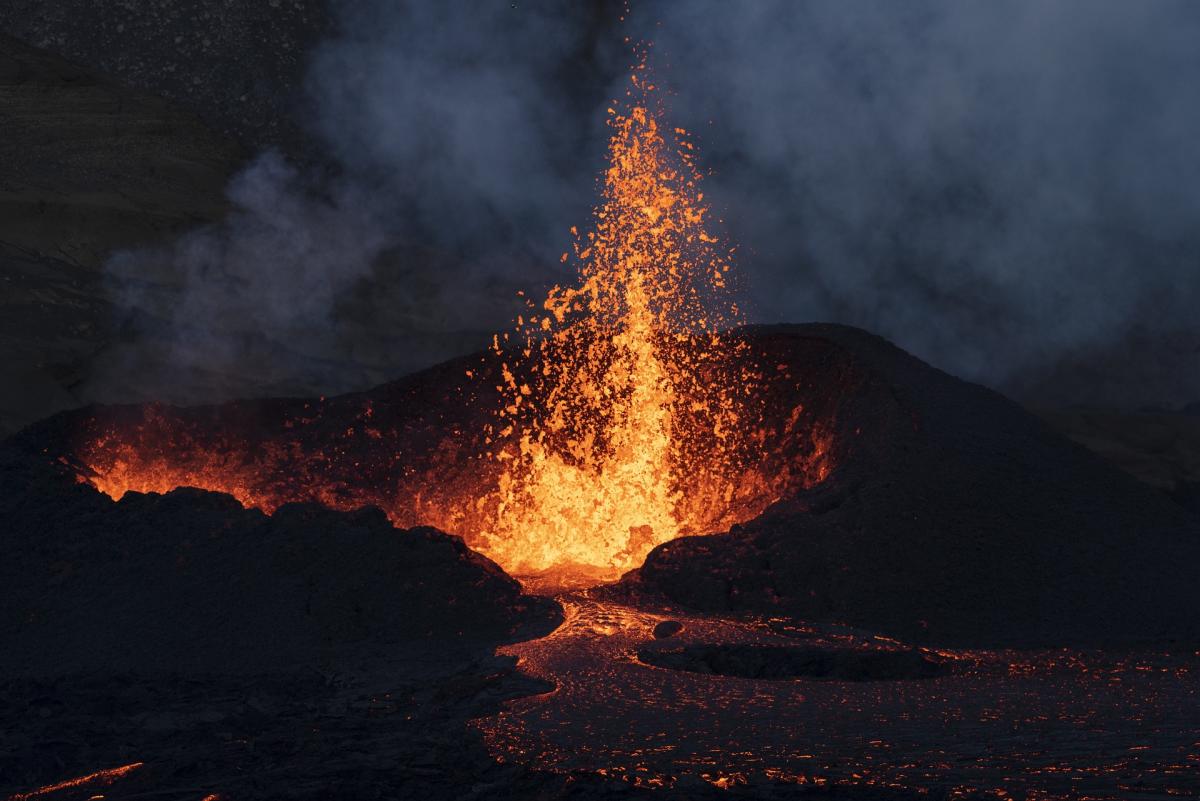
Seasonal Changes on Earth
In this lesson, students will be introduced to the concept of solar angle and how Earth’s tilt on its axis and revolution around the sun are responsible for seasonal changes in temperature, daylight hours, and the sun’s angle in the sky. Students will graph data taken from Scottsdale, Arizona and look for patterns in the number of daylight hours and the Sun's highest angle in the sky over the course of the year. Students will then relate these patterns back to the patterns Earth experiences seasonally.
Lesson Grade Level
6th GradeLesson Plan Link/URL
https://docs.google.com/presentation/d/1kOKbJgBhBlJ1IWv2togopErpHPMQ4gAP/edit?u…Related Content

Volcanoes: Studying Viscosity of Lava & Magma and how it relates to The San Francisco Volcanic Field
This lesson allows students to explore why volcanoes are shaped differently and why they erupt differently. Students will investigate viscosity, silica content of igneous rock samples, and perform

Students will explore how gravity plays a role in orbits and the attraction between objects in space, using online simulations. In addition to the online simulations this lesson contains ideas for

In this lesson, students will learn about Wilson Bentley, the "farmer scientist" who pioneered photomicrography to photograph snowflakes and share them with the world. Students will then design and